Table Of Contents
Understanding the nuances of split system air conditioning opens doors to a more tailored and efficient approach to indoor climate control. Unlike traditional systems, split systems offer flexibility, energy efficiency, and a sleek aesthetic, making them increasingly popular in residential and commercial settings.
In recent years, split-system air conditioners have gained widespread popularity due to their adaptability and modern design. From cosy homes to expansive office spaces, these systems have become a go-to solution for those seeking personalised comfort without compromising efficiency.
Read on to learn what split system air conditioning is and how HVAC experts can help you choose the right split system for your needs.
How Split System Air Conditioning Works
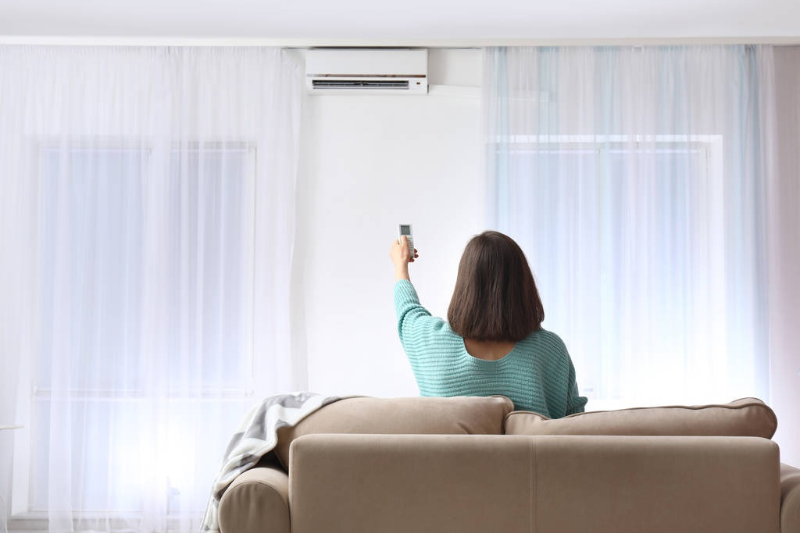
Overview of components
Its division into indoor and outdoor units is at the heart of a split system. The indoor unit, often mounted on a wall or ceiling, contains the evaporator coil, while the outdoor unit houses the compressor and condenser. These components work in harmony to regulate temperature effectively.
Refrigeration cycle: Cooling process unveiled
The magic happens through the refrigeration cycle. The evaporator coil absorbs heat, turning the refrigerant into a gas. The compressor then pressurises the gas, turning it into a high-temperature, high-pressure state. The refrigerant releases heat outdoors as it passes through the condenser, completing the reverse cycle.
Role of indoor and outdoor units
The indoor unit distributes cooled air into the living space, while the outdoor unit expels heat. This separation allows for greater installation flexibility and quieter operation indoors.
Importance of refrigerant in the system
The choice of refrigerant is crucial for system efficiency. Modern systems often use environmentally friendly refrigerants that balance performance with minimal environmental impact.
Energy efficiency advantages
Split systems excel in energy efficiency thanks to features like variable-speed compressors and the ability to create individually controlled zones. This saves on energy costs and reduces the system’s overall environmental footprint.
Types of Split System Air Conditioners
Single-zone systems
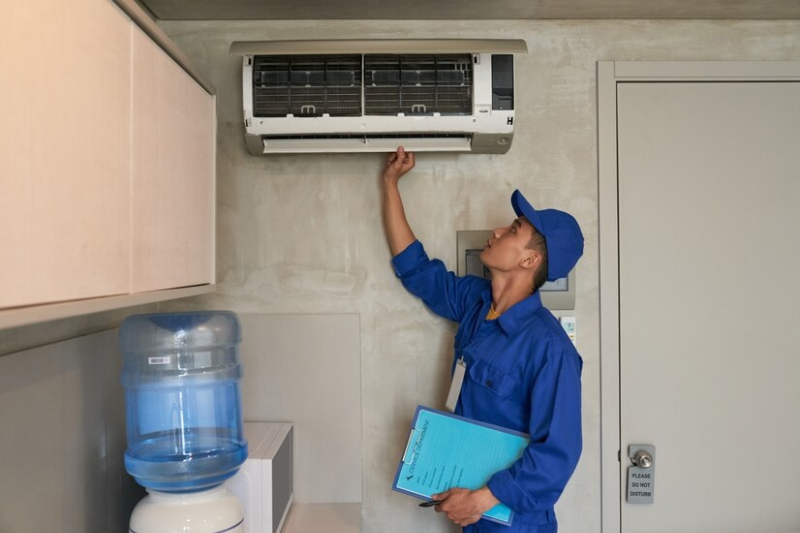
Ideal for smaller spaces, single-zone systems consist of one indoor HVAC unit connected to a single outdoor unit. These are cost-effective and easy to install, providing focused cooling to a specific area.
Multi-zone systems
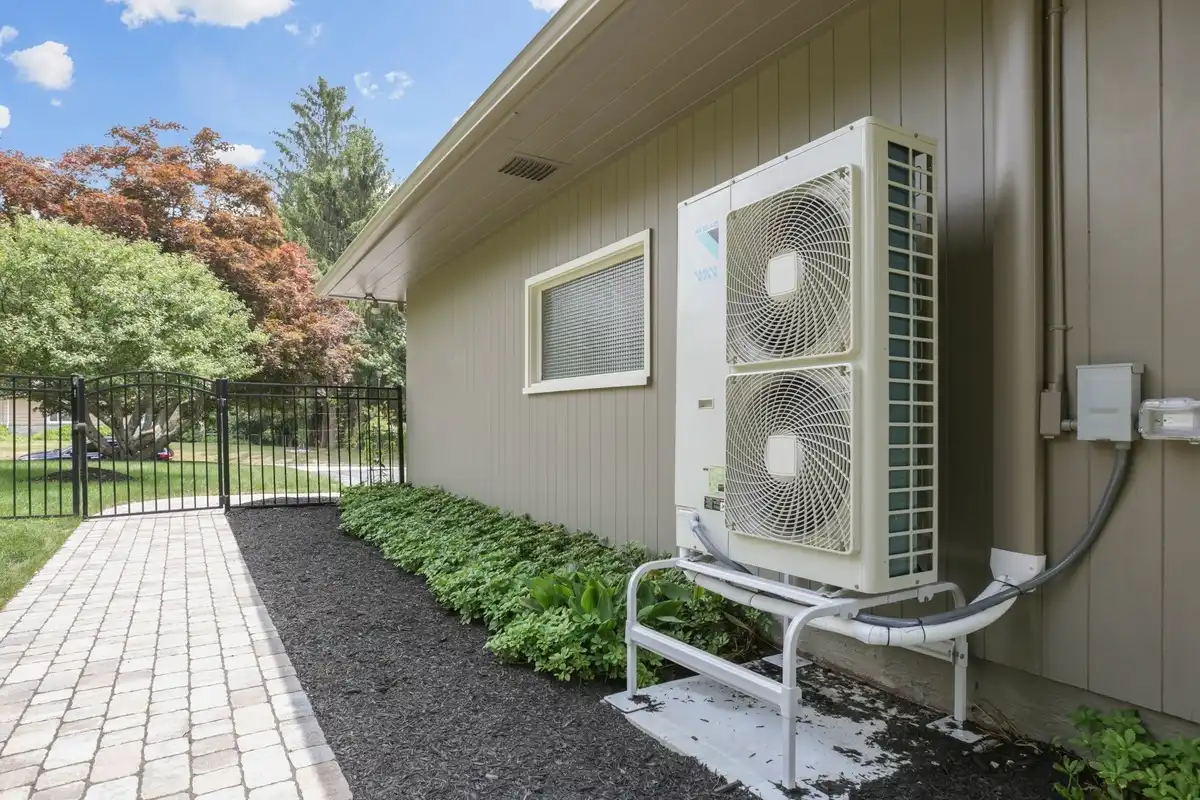
For larger homes or businesses, multi-zone systems allow you to connect multiple indoor units to a single outdoor unit. Each zone can be individually controlled, providing customised comfort throughout the space.
Ductless vs. ducted configurations
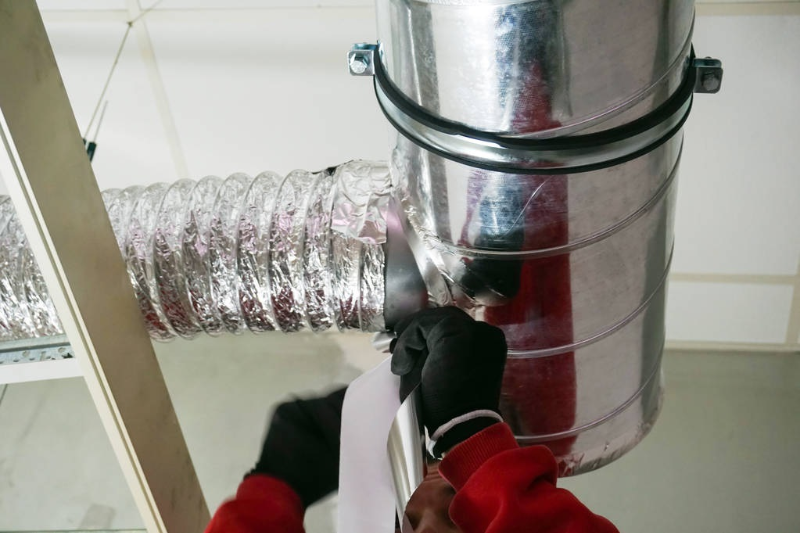
With their compact design, ductless air conditioning systems are popular for easy installation and flexibility. In contrast, ducted air conditioning allows for a more centralised cooling approach, suitable for larger buildings.
Wall-mounted, ceiling cassette, and floor-standing units
The variety of indoor unit styles ensures that split systems can seamlessly integrate with any interior design. Wall-mounted units are standard in residential settings, while ceiling cassette and floor-standing units offer alternative options for different preferences.

Hybrid systems and smart technologies
Hybrid systems combine the benefits of split and traditional systems, providing versatile solutions. Innovative technologies, including programmable thermostats and remote control options, enhance user convenience and energy management.
Installation and Maintenance Considerations
Professional installation vs. DIY
While some may be tempted to embark on a DIY installation, professional installation ensures optimal performance and longevity. Certified technicians have the expertise to size the system correctly and address specific installation challenges.
Sizing the system for optimal performance
Properly sizing the system is crucial for efficiency. An oversized unit may lead to short cycling, reducing energy efficiency, while an undersized unit may struggle to cool the space adequately. Professional installers conduct thorough assessments to determine the right size for each unique situation.
Regular maintenance practices
Routine maintenance is vital to preserving the system’s efficiency and lifespan. Tasks such as replacing filters, inspecting refrigerant levels, and checking for leaks should be performed regularly to ensure the system operates smoothly.
Troubleshooting common issues
Understanding common issues, such as refrigerant gas leaks, sensor problems, or drainage issues, empowers users to troubleshoot effectively. However, it’s important to note that professionals should address specific issues to prevent further damage.
Extending the lifespan of the system
Simple practices, such as keeping the outdoor unit free from debris and ensuring proper airflow, contribute to the system’s longevity. Regular professional maintenance, including coil cleaning and system inspections, further safeguards against potential issues.
Advantages of Split System Air Conditioning

Zoned cooling: Tailoring comfort to specific areas
One of the standout features of split system air conditioners is their ability to create individually controlled zones. This enhances comfort by allowing different temperatures in various rooms and significantly saves energy.
Energy efficiency and cost savings
Variable-speed compressors and the ability to cool specific zones result in energy savings and reduced utility costs. Over time, the initial investment in a split system often pays off through lower energy bills.
Improved indoor air quality
Advanced filtration systems in split units trap dust, allergens, and pollutants, improving indoor air quality. This is beneficial for individuals with allergies or respiratory issues.
Design and aesthetic benefits
The sleek design of split system indoor units, available in various styles, complements any interior. These units can be mounted high on walls, hidden in ceilings, or even designed as a part of the décor, offering a level of customisation not possible with traditional systems.
Quieter operation compared to traditional systems
Separating the noisy compressor from the outdoor unit results in quieter indoor operation. This is a notable advantage for those who value a peaceful and comfortable living or working environment.
Potential Drawbacks and Considerations
Initial installation costs
While split system air conditioners offer long-term cost savings, the initial installation cost can be higher than that of traditional systems. It’s essential to weigh this against the long-term benefits and energy savings.
Aesthetics and impact on interior design
The indoor units, though stylish, may not suit every aesthetic preference. Thoughtful placement and consideration during the design phase are necessary to seamlessly integrate the units into the overall interior.
Dependency on professional maintenance
Unlike some traditional systems, split systems often require professional maintenance. Users must factor in ongoing maintenance costs and the need for a certified technician to address specific issues.
Limitations in extreme climates
In extremely hot or cold climates, split systems may face difficulty maintaining consistent temperatures. Supplemental heating or cooling solutions may be required for extreme weather conditions.
Environmental considerations: Refrigerants and sustainability
While modern split systems use environmentally friendly refrigerants, it’s essential to consider the broader environmental impact. Regular refrigerant technology advancements aim to minimise these systems’ ecological footprint.
Choosing the Right Split System Air Conditioner
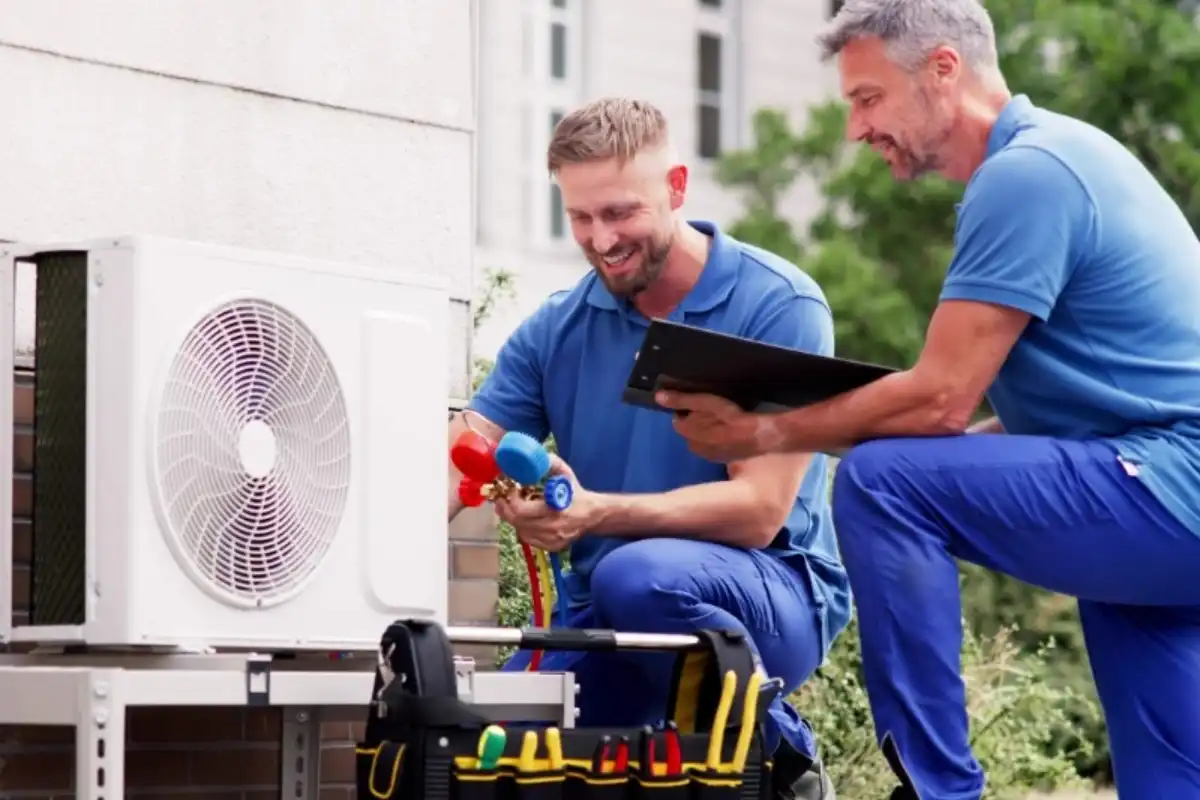
Evaluating cooling capacity needs
Determining the appropriate cooling capacity for your space is crucial. Factors such as room size, insulation, and local climate all play a role in selecting the right system size to ensure optimal performance.
Assessing energy efficiency ratings
Energy efficiency ratings, such as Seasonal Energy Efficiency Ratio (SEER), provide valuable insights into a system’s performance. Higher SEER ratings indicate more significant energy efficiency, translating to lower operating costs.
Considering the space and layout
The layout of your space influences the choice between single-zone and multi-zone systems. Careful consideration of the floor plan and usage patterns helps tailor the system to meet specific comfort requirements.
Exploring additional features and smart integration
Modern split systems often have advanced features like programmable thermostats, remote control options, and even smart home integration. Exploring these options ensures that the chosen system aligns with your lifestyle and technological preferences.
Budgetary factors and long-term cost analysis
While upfront costs are a consideration, viewing the investment in a split system as a long-term strategy for energy savings and comfort is essential. A comprehensive cost analysis, factoring in energy efficiency and potential rebates, provides a clearer picture of the overall value.
Future Trends and Innovations
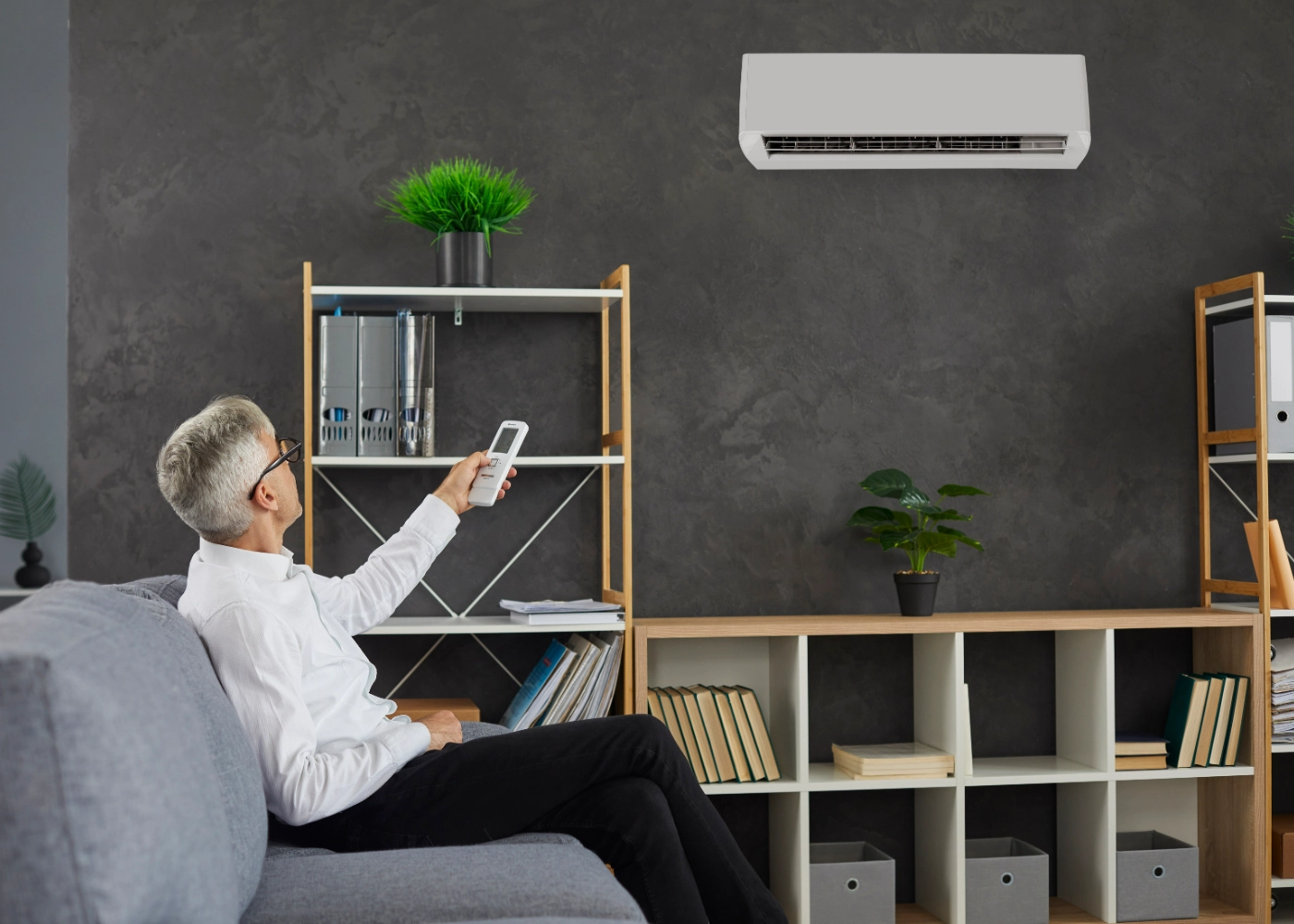
Advancements in energy-efficient technologies
Ongoing research and development focus on enhancing the energy efficiency of split systems. Innovations in compressor technology, smart controls, and sensor integration aim to further reduce environmental impact and operational costs.
Integration with smart home systems
The future of split systems lies in seamless integration with smart home ecosystems. These advancements, from voice-activated controls to artificial intelligence-driven climate management, enhance user convenience and energy optimisation.
Sustainability initiatives in HVAC
With increased emphasis on sustainability, the HVAC industry is actively exploring eco-friendly alternatives. From green refrigerants to design innovations that minimise environmental impact, the future promises a more sustainable approach to climate control.
Emerging materials and design innovations
Advancements in materials and design contribute to the evolution of split systems. From more discreet and aesthetically pleasing indoor units to components designed for easy recyclability, manufacturers are pushing the boundaries of innovation.
The role of artificial intelligence in climate control
Artificial intelligence is poised to revolutionise climate control. Predictive algorithms, learning systems, and adaptive controls will enable split systems to anticipate user preferences, optimise energy usage, and improve efficiency.
Embrace Comfort, Choose Wisely With Expert Help
Explore the possibilities of split system air conditioning and transform how you experience indoor comfort. Make the informed choice—consider efficiency, design, and future innovations. Take the first step towards a more tailored and sustainable approach to cooling. Consider consulting a professional to get the best split-system air conditioning for your needs.



